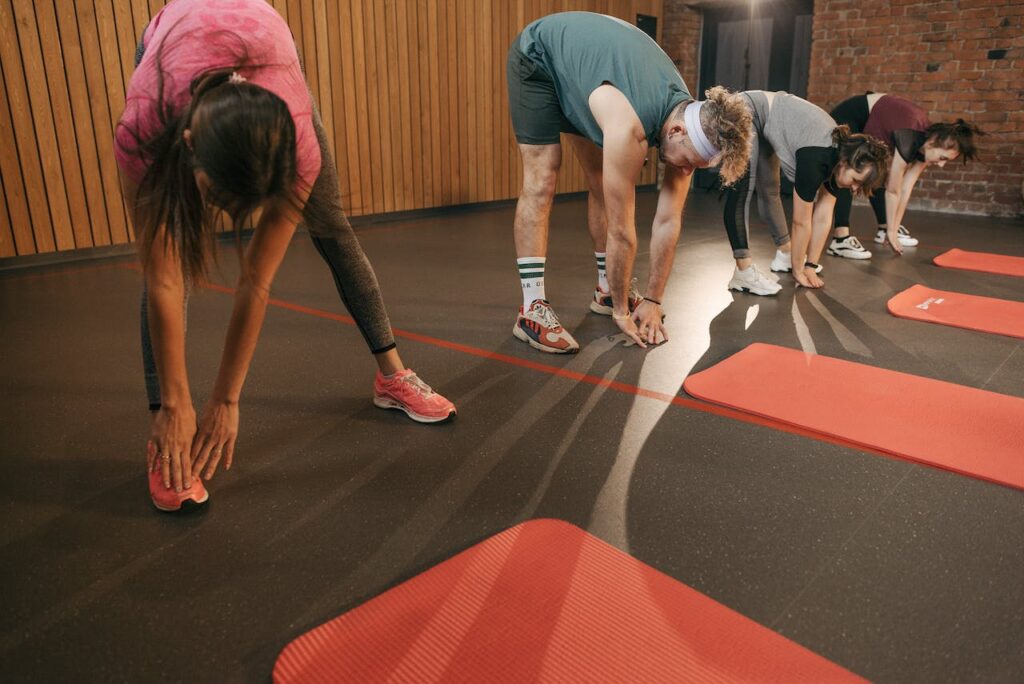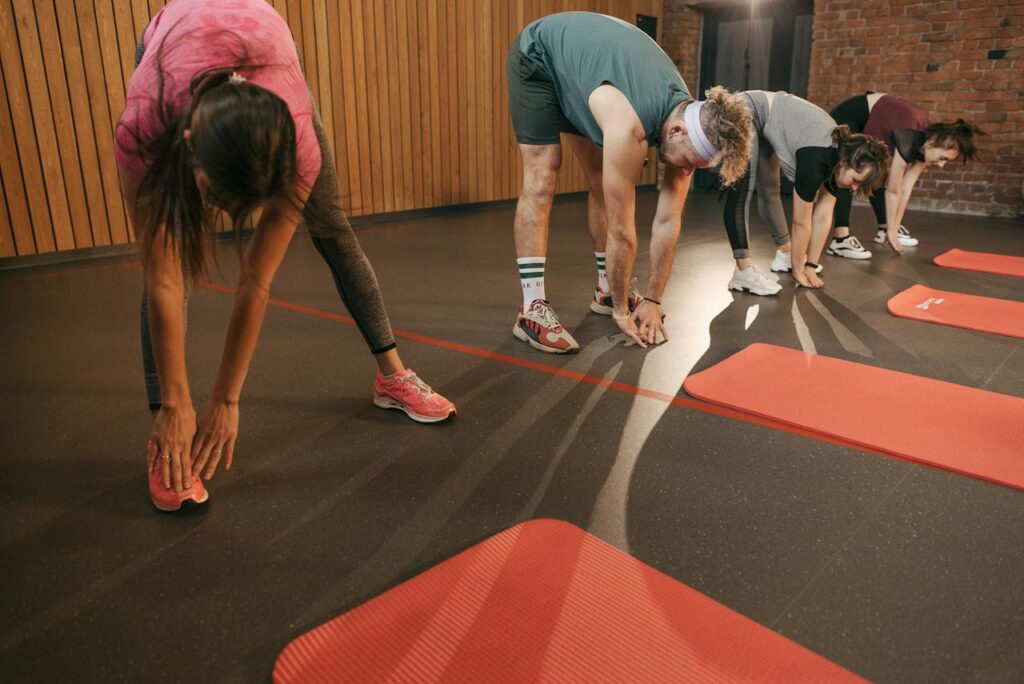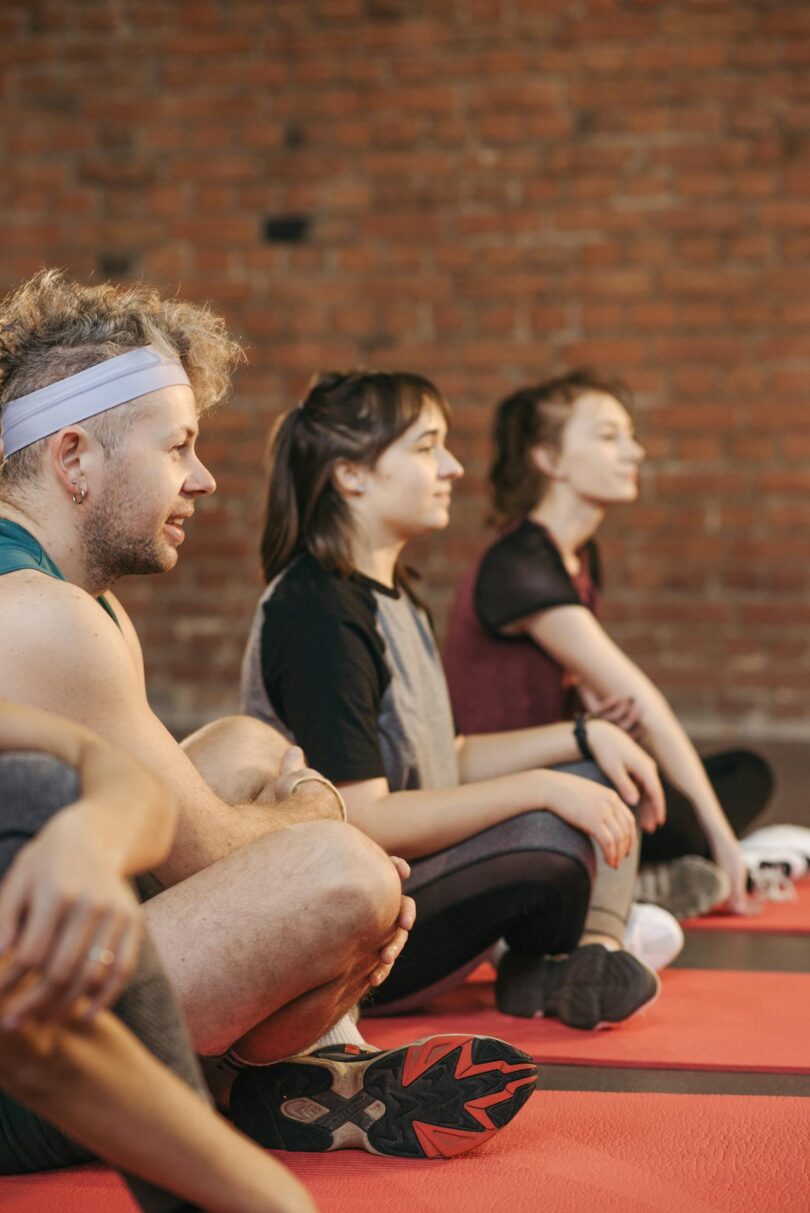Table of Contents
Yoga is a timeless practice that transcends age, and for seniors, it can be a gateway to improved well-being and a more fulfilling lifestyle. As we age, the significance of maintaining physical and mental health becomes paramount, and yoga emerges as an ideal avenue for achieving these goals. In this article, we’ll explore the world of beginning yoga classes for seniors, delving into the benefits, tailor-made approaches, finding the right class, getting started, and addressing common misconceptions.
I. Introduction Yoga Classes for Seniors
A. Importance of Yoga for Seniors
In the golden years of life, prioritizing health is crucial. Yoga offers a holistic approach, catering to the physical, mental, and emotional aspects of well-being. Its gentle yet effective nature makes it an excellent choice for seniors seeking a low-impact exercise.
B. Addressing Common Concerns
Many seniors hesitate to start yoga due to concerns about flexibility, balance, or unfamiliarity with the practice. This article aims to dispel these worries, providing insights into how yoga can be a gradual and personalized journey.
II. Benefits of Yoga for Seniors
A. Physical Health
1. Improved Flexibility
Yoga poses are designed to enhance flexibility, a key aspect that tends to decline with age. Seniors can expect increased joint mobility and reduced stiffness through regular practice.
2. Enhanced Balance and Stability
Balancing poses in yoga contribute to better stability. This is especially vital for seniors, as improved balance reduces the risk of falls and related injuries.
B. Mental Well-being
1. Stress Reduction
Yoga’s meditative elements help alleviate stress, promoting relaxation and a sense of calm. Seniors often find solace in the mindfulness aspects of yoga.
2. Cognitive Benefits
Research indicates that yoga can have positive effects on cognitive function. Memory improvement and mental clarity are among the cognitive benefits seniors can experience.

III. Tailoring Yoga for Seniors
A. Gentle Poses
Senior-focused yoga classes incorporate gentle poses that cater to the unique needs of aging bodies. These poses prioritize safety while providing a rewarding experience.
B. Modified Sequences
Instructors adept at teaching seniors modify traditional sequences to ensure accessibility. This approach ensures that seniors can comfortably participate and gradually progress.
IV. Finding the Right Class
A. Specialized Senior Yoga Classes
Many fitness centers and yoga studios offer classes tailored specifically for seniors. These classes understand the unique requirements and pace of older individuals.
B. Inclusive Community Programs
Local community programs often organize yoga sessions for seniors, fostering a sense of community while promoting health and well-being.
Related Article: Yoga on Chair for Seniors: A Gentle Path to Wellness
V. Getting Started
A. Importance of Consultation
Before embarking on a yoga journey, seniors should consult with healthcare professionals to address any health concerns or restrictions.
B. Necessary Equipment
A yoga mat and comfortable clothing are the basic requirements. Seniors can start with minimal equipment and gradually incorporate props for added support.
VI. Common Misconceptions
A. Dispelling Myths
Addressing common misconceptions, such as the belief that yoga is only for the young and flexible, is crucial. Yoga is adaptable and welcomes individuals of all ages and abilities.
B. Addressing Safety Concerns
Safety is a priority. Seniors should communicate any discomfort or concerns to their instructors to ensure a safe and enjoyable practice.
VII. Success Stories
A. Real-life Experiences
Sharing success stories of seniors who embraced yoga provides motivation and inspiration. These stories highlight the transformative power of yoga in enhancing overall well-being.
B. Positive Transformations
Seniors often experience increased vitality, improved mood, and a renewed sense of purpose after incorporating yoga into their lives.
VIII. Tips for Instructors
A. Patience and Understanding
Instructors catering to seniors need patience and a deep understanding of their unique needs. This ensures a positive and supportive learning environment.
B. Creating a Supportive Environment
Fostering a sense of community in classes encourages seniors to engage actively and build connections with fellow participants.
IX. Staying Consistent
A. Encouraging Regular Practice
Consistency is key to reaping the benefits of yoga. Seniors should aim for regular practice, gradually increasing the intensity as they become more comfortable.
B. Overcoming Challenges
Challenges may arise, but perseverance is crucial. Instructors and peers can provide valuable support in overcoming obstacles.
X. Social Aspects of Yoga
A. Building Connections
Yoga classes offer a social platform for seniors to connect with like-minded individuals. Building friendships can contribute to a more fulfilling and enjoyable yoga experience.
B. Group Dynamics in Senior Classes
Group dynamics play a vital role in senior yoga classes, fostering a supportive atmosphere where individuals encourage each other in their journeys.
XI. Yoga and Aging Gracefully
A. Long-term Benefits
Engaging in yoga regularly contributes to aging gracefully. The long-term benefits extend beyond physical health, encompassing mental resilience and emotional well-being.
B. Enhancing Quality of Life
Seniors who practice yoga often report an enhanced quality of life, citing improved energy levels, better sleep, and an overall positive outlook.

XII. Testimonials
A. Quotes from Seniors
“I never thought yoga was for me, but it has become a lifeline. My flexibility has improved, and I feel more at peace.”
B. Impact of Yoga on Daily Living
Seniors express how yoga positively impacts their daily lives, making routine activities more manageable and enjoyable.
XIII. Special Considerations
A. Health Conditions
Instructors must be aware of any pre-existing health conditions among seniors and tailor yoga sessions accordingly.
B. Modifications for Various Abilities
Modifications are essential to accommodate varying abilities. Instructors should provide alternatives to ensure inclusivity.
Frequently Asked Questions (FAQs)
A. What if I have never done yoga before?
Embarking on a yoga journey as a beginner is common. Senior-friendly classes offer a gradual introduction, catering to all levels.
B. Can yoga help with arthritis?
Yes, yoga can alleviate arthritis symptoms by improving joint flexibility and reducing inflammation. However, it’s crucial to choose suitable poses and inform the instructor about any limitations.
C. Are there specific poses for seniors?
Senior-friendly yoga classes incorporate poses that prioritize safety and comfort. Instructors modify traditional poses to suit the needs of older individuals.
D. Is yoga suitable for those with mobility issues?
Absolutely. Yoga can be adapted for individuals with mobility issues, focusing on seated or modified poses to ensure a safe and effective practice.
Conclusion
In conclusion, beginning yoga classes for seniors offer a holistic approach to health and well-being. The physical and mental benefits, coupled with tailored approaches and supportive communities, make yoga an ideal choice for seniors looking to enhance their quality of life.
Related Article: 7 Yoga Exercises for Women in Their Seventies: Unlocking Wellness and Vitality







